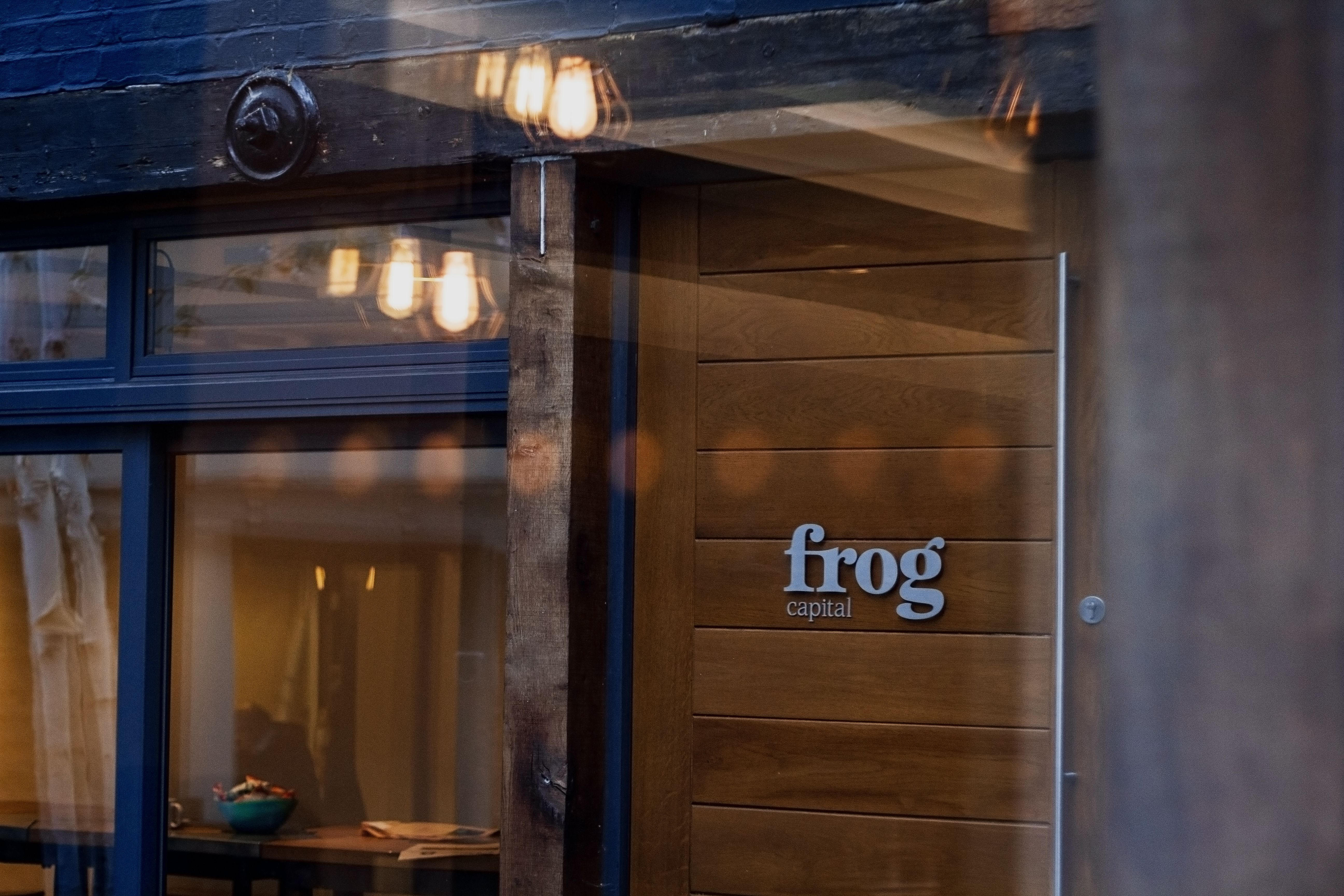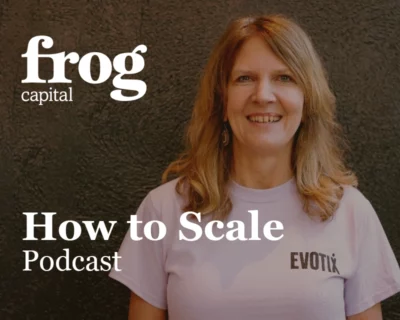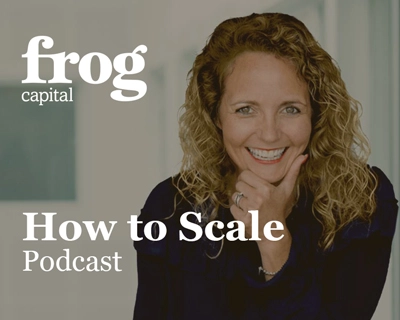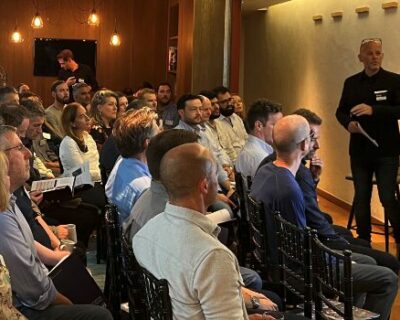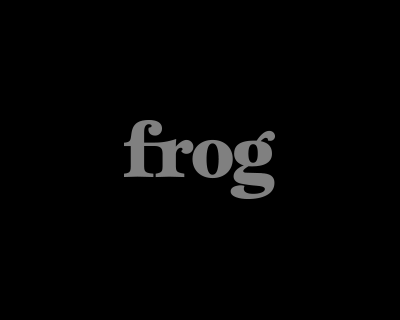As a smaller, emerging fund manager focusing on growing software companies, co-investment into our portfolio companies is something that we have held many conversations on over the lifetime of our first European Growth fund (‘Frog European Growth I’). it is an important part of an investor’s portfolio and becoming more so, and therefore an important part of GP selection for an investor who is attracted to this investment space.
Why are we talking about co-investment?
The importance of co-investment to LPs has increased considerably in recent years. A recent investor survey from Probitas Partners highlighted this. 89% of large investors have an active internal co-investment program or an outsourced program, up from 73% just last year, while just 11% of large investors do not pursue co-investments at all. While a recent Private Equity International survey indicated similar bullishness; over 65 percent of respondents plan to co-invest in the next 12 months.
Objectives of Co-investment
A recent Cambridge Associates report shone the light on the benefits and challenges from co-investment, listing the following benefits and challenges:
Benefits
- Potential for high returns
- Lower fees relative to fund investments
- J-curve mitigation
- More flexibility, control in constructing portfolio
- More risk management
Challenges
- Risk of adverse selection
- Significant resources and expertise required to evaluate
- Tight response times
- Takes time to get to critical mass
- Valuation and oversight requirements
There are a number of attractive reasons to co-invest. The overarching motivation is enhanced returns through lower fees, J-Curve mitigation (immediate deployment of capital typically in more mature companies, with an often sooner realisation of a return), and a tactical increase in exposure to high-quality investments. Indeed, compelling analysis by HarbourVest, a large Private Markets investor with $65bn AuM and a large co-investment programme, found that risk-adjusted returns rises as an LP adds co-investment.
One of Frog’s longstanding investors who invested in the first fund and our new Frog European Growth II (FEGII) fund as well as co-investing in one of our portfolio companies, said:
“Co-investing alongside Frog appeals because it provides a higher return [with lower costs] of an asset already selected and managed by experts in the selected space.”
Investors may also like specific sectors or companies offering a strategic benefit; while some may see a philanthropic or Impact/ESG outcome While for some it also offers the chance to build expertise internally. One of the co-investment opportunities we have offered is in Germany’s leading tutoring platform, which is the only German based software platform to cover the entire German curriculum across both primary and secondary schools.
It is also a great exercise for an investor to get to know the manager and their underlying portfolio. This has proven useful in the case of Frog Capital and our second European Growth fund, where we have 3 current* co-investment opportunities.
Importance in GP selection
Cambridge Associates estimates put total co-investment activity at 20% of the overall PE market.
However, there is a clear lack of supply meeting demand. The McKinsey Global Private Markets Review 2019 highlighted that ‘demand continues to exceed supply by a considerable margin, but as often as not, LPs that profess a strong desire for co-investment deal flow tend not to have the right processes or capabilities to take advantage of it when offered.’
The importance, therefore, in fund manager selection is important. Not only in the expertise of the manager to gain access to the best investments but also in demonstrating they can provide such co-investment opportunities.
This is of course affected by the quality and quantity of co-investments made, relative to the individual investor’s portfolio. A large institutional investor would not suffer too much from one write-off vs. a smaller Family Office, for example. Therefore, an investor must consider the risks associated of increasing their exposure; the illiquidity risk and monetary risk, as well as exposure to one company, sector or stage of investment.
Understanding your GP and their investment strategy and operational support – i.e. how do they help increase upside and support these companies – is an important factor here. Mike Urwin, adviser to a family office that has invested in both of Frog’s European Growth funds and also co-invested in a portfolio company said this understanding that ‘the co-invest asset is already benefitting from the growth expertise applied to it by Frog partners and their professional team members’ is another compelling reason to co-invest. Ultimately, understanding the operational support that a GP can or cannot provide, gives greater appreciation of the journey to exit and understanding of how a manager may work with the company on realising its upside potential.
Access to Co-Investments
Many Early Stage funds promise co-investment opportunities but will often invest directly from the same fund in any follow-on opportunity. Given the attractive fundraising climate, with many GPs raising ever larger funds, this is becoming even more the case.
One trend emerging is an increase in the number of ‘Co-Investment’ or ‘opportunities’ funds. These take numerous shapes: following on in existing companies, investing in new companies they missed earlier on, taking the lead in pricing or not. Most remove the decision to co-invest from the LP, unlike a direct SPV or SMA account and can lead to concentration risk alongside the underlying fund also invested, and may charge similar fees to a normal LP:GP fund structure.
A smaller, flexible fund manager like Frog Capital does however offer such co-investment opportunities. Given the size of FEG I (€90m 2015 vintage fund) and €150m target for Fund II, Frog offers ample co-investment opportunities. One of our brightest performer, Germany’s largest Hybrid Real-Estate agent, in which we have invested our maximum of the fund, has raised several further funding rounds as it has risen to become Germany’s 3rd largest real-estate agent and most recently a Series C at a 10x increased valuation to our entry. We have offered co-invest and this has been taken up by investors outside of the fund.
How to approach co-invest?
It is important to approach each co-invest with a broad agenda and defined strategy that sets out clear objectives, risk/return parameters and time horizon. At Frog we have held many conversations with LPs taking into account such issues. As you would approach a fund / GP selection, there are many factors regarding the individual investment:
- Size of transaction
- Sector
- Market opportunity
- Geography
- Economy and cycle
- Strategy & use of funds
- Risk/Return profile
- Team
But there are also wider portfolio construction issues:
- Asset allocation & number of co-investments
- Strategy
- Risk/return profile
- Liquidity and time horizon
- GP selection and expertise
- Transparency and reporting on co-investment
- Resource requirement
Co-investment will remain an interesting and exciting part of an investor’s portfolio. It is something that we at Frog continue to consider and discus with our investors.


